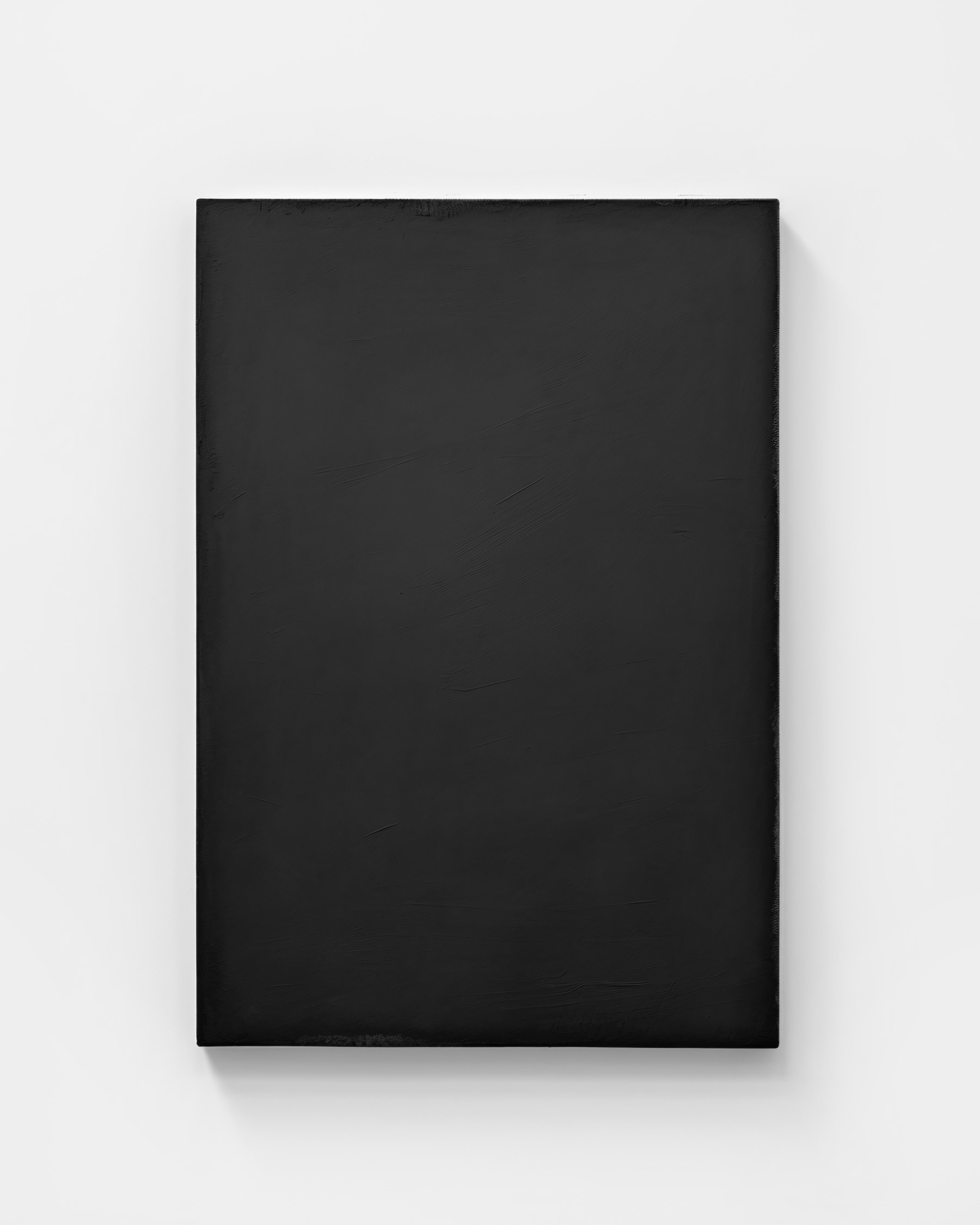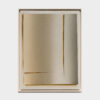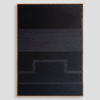“Beauty is in the eye of the beholder”. A saying we’ve all heard before and have probably said ourselves. Sure, aesthetics are subjective – but is that really the case? Numerous studies and research have shown that there seem to be elements, such as certain proportions, colors, etc., that trigger similar reactions in many people. So is aesthetics more than just our subjective opinion?
I must admit, that answering all these questions in a short essay is impossible. Philosophers, theorists, and scientists have been discussing the essence and perception of aesthetics for centuries. The philosopher David Hume already said in one of his essays from 1757 about beauty “Beauty is no quality in things themselves: It exists merely in the mind which contemplates them; and each mind perceives a different beauty.”
If beauty (I will use the word synonymously with the word aesthetics in this context) is objective, this would mean that it exists independently of individual perception. This in turn would mean that there are universal standards for aesthetics that apply regardless of culture, time, or personal preferences. So with this essay, I would like to provide at least a brief insight into this complex topic (especially on a scientific level), clarify my most obvious questions, and share my findings with you.
The intuitive feeling of beauty
When it comes to judging whether we find something beautiful, we rely entirely on our feelings. We can tell immediately whether we like something or not. Our aesthetic judgment is a spontaneous and often emotional reaction controlled by many neuronal processes in our brain. Highly complex and individual, so there’s no arguing about it, right? The beauty of an object is therefore not only defined by its aesthetic qualities but also by the perception of an individual observer.1
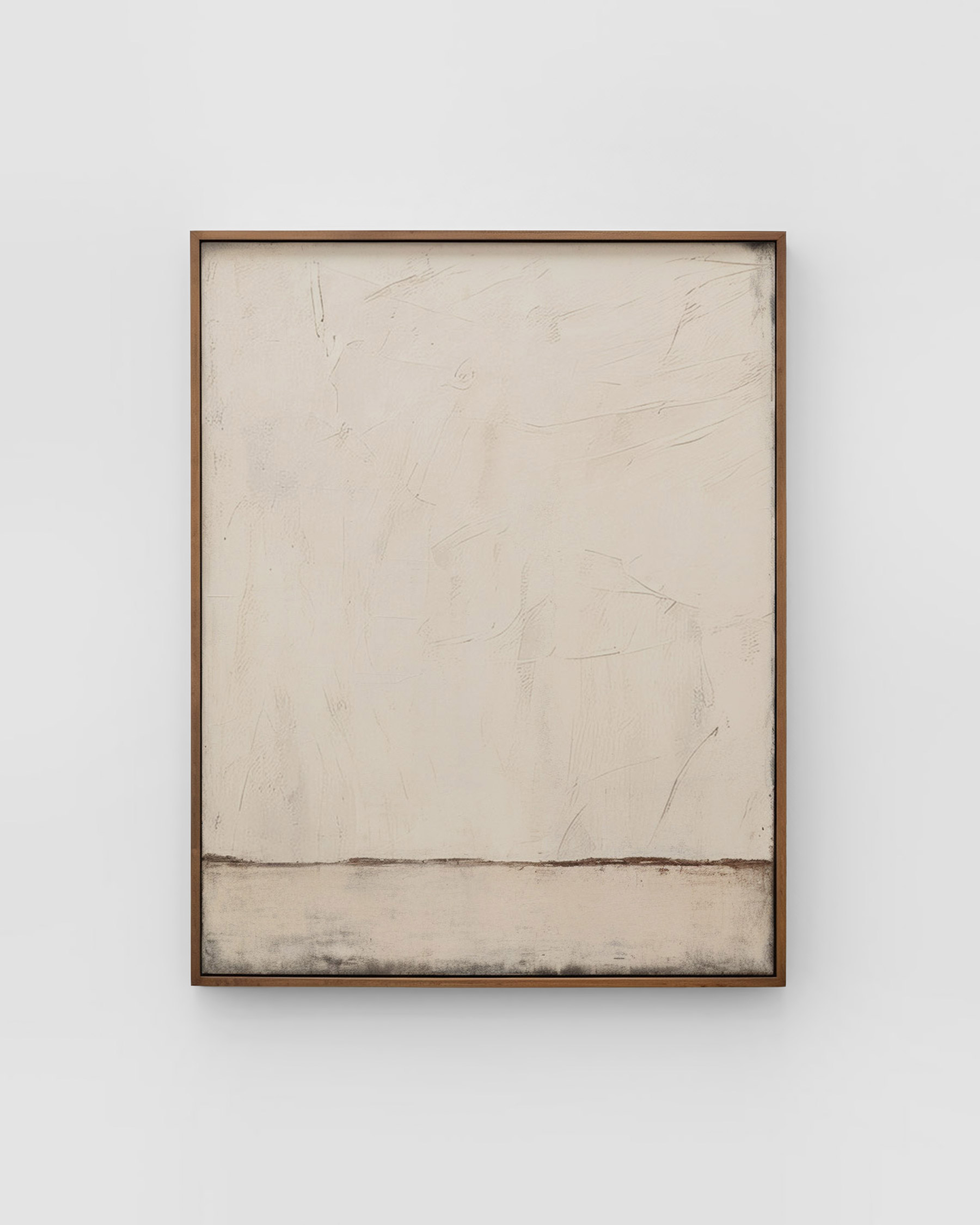
For example, it was discovered that people perceive colors differently. What is a sandy beige for one person may be a light brown for another. More and more studies show that a person’s visual system is influenced by individual factors such as the color of the iris, the retina, the structure of the visual pigments, and the distribution of light-sensing cells.2 Even a person’s native language can influence their perception of color. Because different languages have different color schemes, each person may interpret hues in a slightly different way. For example, Russian distinguishes between dark (sinij) and light (goluboj) shades of blue – a distinction that does not exist in other languages, such as English.3
Similarly, studies suggest that cultural factors also influence our aesthetic appreciation on a neurological and behavioral level. Researchers found that participants showed stronger brain activation when viewing artworks from their own culture.4
Considering such individual differences in perception, I ask myself what objectivity is all about. As already mentioned, it is known that certain principles are universal and thus independent of individual and cultural preferences. So how can objectivity be reconciled with subjectivity?
The thing about objectivity
It’s not that simple. To get a complete picture, we must again consult studies that this time deal with objective characteristics. Here we encounter interesting findings that suggest certain aesthetic principles may have a universal validity that exists independently of subjective perception.
This is confirmed by an interesting study that found that our ability to recognize and perceive beauty is not just based on personal feelings and preferences. In fact, it was found that certain brain regions become active whenever a viewer looks at a work of art and observes classical harmonious proportions such as the golden ratio or symmetry. This suggests that there is a certain objective basis for the perception of beauty that is based on neurobiological processes.5
In addition, the results of two other studies show that people may tend to have a preference for gently rounded, lifelike shapes, as opposed to strongly curved, jagged, more inorganic shapes.6 And another study has found that even if colors are perceived differently, there is still a large, global agreement as to which emotions they trigger in us.7 For example, red is the only color that is strongly associated globally with both positive emotions – such as love – and negative ones – such as anger.8
These examples show that there are indeed aesthetic qualities that are widely accepted regardless of individual and cultural preferences. But how do these objective principles fit in with the individual differences in perception that we have already discussed?

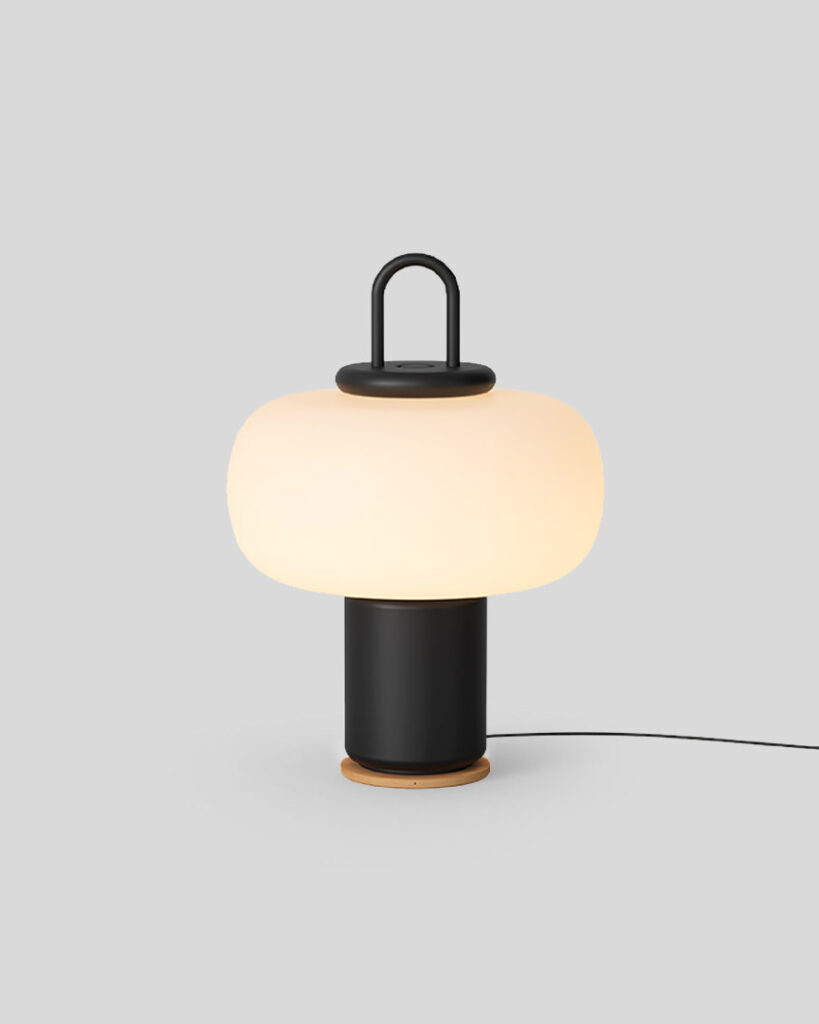
Is aesthetics objective or subjective?
The attempt to find universally valid criteria for aesthetics therefore seems difficult at first, given the diversity of human perception. Nevertheless, it is possible: as we found out earlier in the text, there are indeed objective aesthetic qualities. These always refer to measurable or directly perceptible elements of a work of art or design, such as color, shape, proportion, etc. The subjective reaction always refers to our individual sensations that these objective parameters can evoke in us. Personal experiences, cultural backgrounds, and individual tastes can influence these reactions.
It is therefore possible to predict whether reactions in a certain cultural environment will be similar if certain objective aesthetic parameters are used. Just as there is a large, global consensus as to what emotions certain colors trigger in us.
Aesthetics is therefore a complex interplay of objectivity and subjectivity. Objective parameters are experienced and interpreted through individual, subjective observations. An incredibly exciting topic. The multitude of factors that flow into our aesthetic judgment is astonishing. And I am only scratching the surface here. Because despite many studies and research in the fields of neuroaesthetics and philosophy, there are still many unanswered questions that are just waiting to be answered.
Further Reading / Resources
- https://vaillant-texte.de/wp-content/uploads/einfuehrung_bk12.pdf
- https://pubmed.ncbi.nlm.nih.gov/35709507/
- https://www.frontiersin.org/articles/10.3389/fpsyg.2019.00551/full
- https://www.frontiersin.org/articles/10.3389/fpsyg.2019.00798/full
- https://www.aesence.com/aesthetic-paper-objective-instance-for-aesthetics-found/
- https://www.smithsonianmag.com/science-nature/do-our-brains-find-certain-shapes-more-attractive-than-others-180947692/
- https://www.inrlp.de/ratgeber/wissenschaft-forschung/weltweite-studie-bestimmte-farben-loesen-ueberall-aehnliche-gefuehle-aus-art-5070946
- https://www.sciencedaily.com/releases/2020/09/200910150247.htm
About Exploring Aesthetics:
Sarah loves asking questions and exploring the things she engages with on a daily basis. Exploring aesthetics is her column which discusses art, design, and aesthetics to explore, inspire, and question the status quo.
